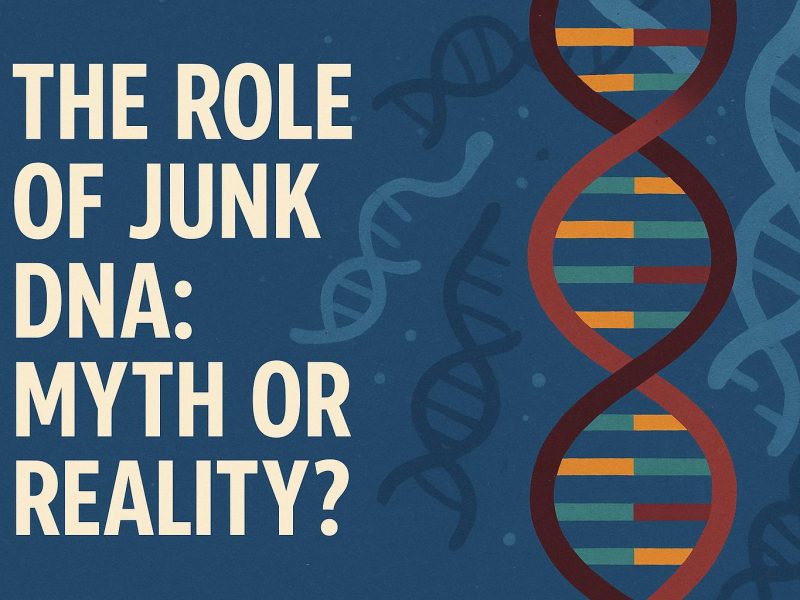DNA Fingerprinting: An Overview
DNA fingerprinting, commonly referred to as DNA profiling or genetic fingerprinting, has emerged as a groundbreaking technique for identifying individuals based on their unique DNA characteristics. This scientific methodology has had a transformative effect across various fields, including forensic science, paternity testing, and genetic research. Through DNA profiling, scientists and investigators are capable of analyzing genetic material, thus extracting valuable information applicable to numerous scenarios.
The Science Behind DNA Fingerprinting
The process of DNA fingerprinting involves the examination of specific DNA regions known for high variability among individuals. These regions are identified as short tandem repeats (STRs). STRs are made up of short DNA sequences repeated several times in succession. The repeat count of these sequences at particular loci varies widely among individuals, thus making STRs an excellent target for identification.
The method of creating a DNA profile begins with the extraction of DNA from samples such as blood, saliva, or hair. Subsequently, a technique known as polymerase chain reaction (PCR) is used to amplify the DNA, simplifying its analysis. The amplified DNA is then segregated utilizing gel electrophoresis, which arranges DNA fragments according to their size. By comparing an individual’s STR patterns to known samples, scientists can generate a unique DNA profile.
Forensic Applications
DNA fingerprinting has left a significant imprint on forensic science. One of its primary uses is to connect crime scene evidence with potential suspects by comparing DNA samples. This technological advancement has been pivotal in solving cases previously thought to be unsolvable and has led to the exoneration of several wrongfully convicted individuals. As a result, forensic laboratories have widely adopted DNA profiling as a standard procedure in criminal investigations.
In tandem with technological evolution, the forensic application of DNA has advanced. Innovations such as portable DNA analysis devices now allow for rapid result generation directly at crime scenes, which may facilitate faster identifications and conclusions. Additionally, databases like the Combined DNA Index System (CODIS) have streamlined the process of matching DNA profiles to individuals, thereby enhancing the capabilities of law enforcement agencies.
Paternity and Genetic Testing
The realm of paternity and genetic testing also extensively employs DNA profiling. It offers a credible method for establishing biological relationships among individuals. Regarding paternity testing, DNA samples are acquired from the mother, child, and the alleged father. The comparison of STR patterns elucidates parental relationships with high precision, information critical for legal disputes concerning child support, custody, and inheritance.
Furthermore, genetic testing through DNA fingerprinting is instrumental in identifying carriers of genetic disorders or predispositions to certain illnesses. Having access to such intricate genetic information empowers individuals to make informed decisions relative to healthcare and family planning, thereby promoting advancements in personalized medicine.
Conservation and Wildlife Management
Beyond human-related applications, DNA fingerprinting is invaluable to wildlife conservation and management initiatives. It assists in the identification and tracking of endangered species, evaluating genetic diversity within populations, and counteracting illegal wildlife trade. By examining genetic material, conservationists collect critical data to develop strategies that preserve biodiversity and ensure the sustainability of ecosystems.
The implications of DNA fingerprinting extend far and wide, having established itself as an indispensable tool with a multitude of applications across diverse sectors. From revolutionizing criminal justice frameworks to facilitating genetic research and conservation efforts, the impact of this technology is profound and far-reaching. As advancements in technology continue, DNA profiling is poised to become an increasingly strategic component in resolving complex biological and forensic challenges.
In summary, DNA fingerprinting continues to develop as a central technology in modern science and law enforcement. It provides solutions and insights that were previously unattainable and moves various fields forward with its comprehensive applicability. For those interested in gaining a deeper dive into the intricacies and capabilities of DNA fingerprinting, further resources by experts in the field offer a wealth of additional information and perspectives. As the body of knowledge surrounding DNA fingerprinting continues to grow, its refinement and application promise to address emerging issues and shape the future of numerous domains.



